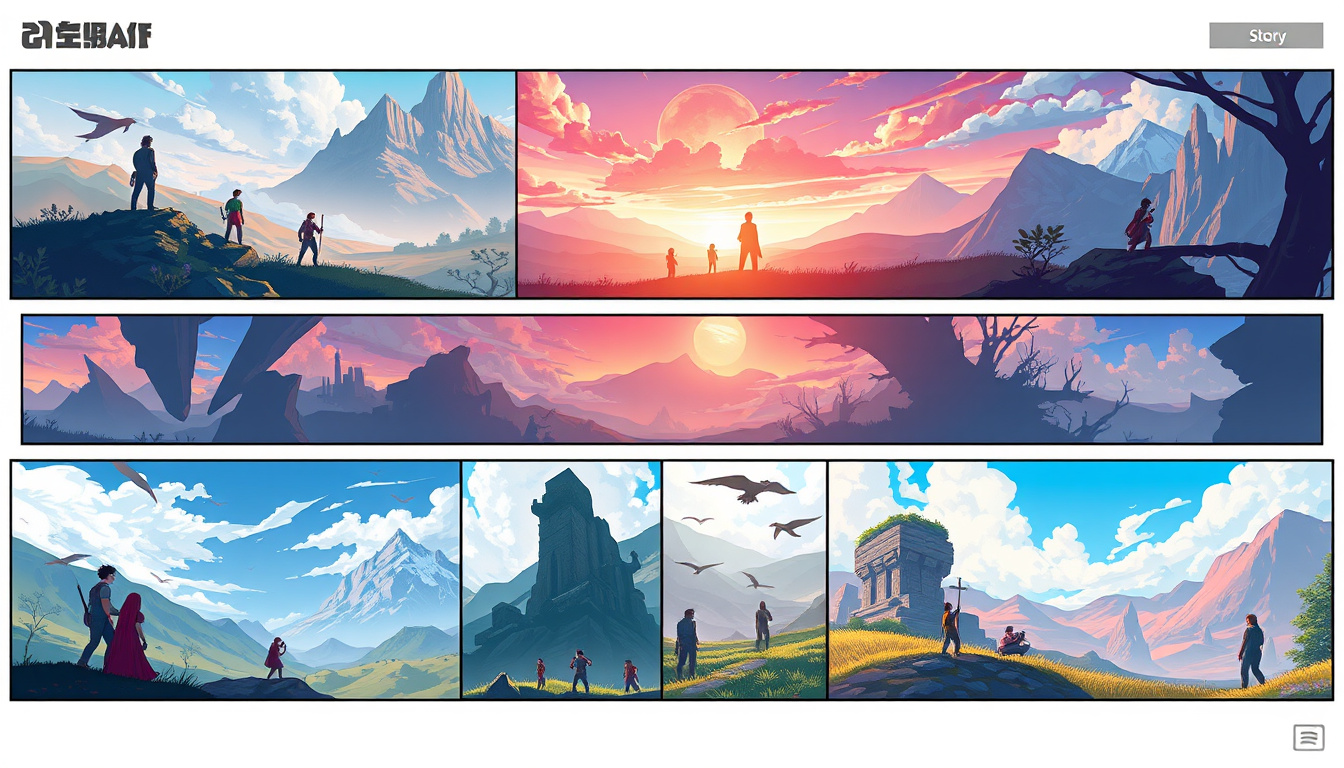Behind The Scenes of The Uninvited: A Conversation with Editor Patrick Walsh
The process of filmmaking is a blend of creativity and technology. For editor Patrick Walsh, crafting the narrative of the SXSW Film “The Uninvited” was an endeavor that showcased this combination beautifully. In an industry that’s constantly evolving, Walsh’s insights into the world of editing and particularly his use of Adobe Premiere Pro provide a fascinating glimpse into modern filmmaking practices.
Choosing Adobe Premiere Pro
When it came to selecting an editing suite for “The Uninvited”, the choice for Walsh was clear. Adobe Premiere Pro became his go-to tool, offering a blend of versatility and power that’s hard to match. “The decision to use Adobe Premiere Pro was straightforward for us,” says Walsh. “Its seamless integration with other Adobe software, like After Effects and Photoshop, meant we could streamline our workflow and focus more on the creative aspects.” This cohesion between software allowed the editing team to push boundaries and experiment with visuals in a way that was both efficient and innovative.
The Creative Process
Editing is often likened to the invisible art; it’s about feeling rather than seeing. Walsh describes the creative process as iterative, where the story is sculpted with precision over time. “Editing is where the film comes to life. It’s about finding the story’s rhythm, its pace, and its heart,” Walsh explains. He emphasizes the significance of collaboration, noting how elements like sound design and color grading interweave with the edit to create an immersive viewing experience.
Overcoming Challenges
With any project of this scale, challenges are inevitable. Walsh recalls the technical and creative hurdles faced during the editing process, especially in aligning the team’s vision with the reality of the footage. “We had some ambitious ideas that required us to push Adobe Premiere Pro to its limits. Thankfully, the software’s flexibility allowed us to explore creative solutions without compromising on quality,” recounts Walsh. He also highlights the importance of embracing mistakes and learning from them, a testament to the iterative nature of editing.
Leveraging Adobe Premiere Pro’s Features
One of the key factors in Walsh’s successful use of Adobe Premiere Pro was leveraging its advanced features. “The Lumetri Color panel was indispensable for us,” he notes, explaining how it enabled nuanced color grading directly within the editing timeline. The integration with Adobe’s Dynamic Link also proved crucial, especially when incorporating visual effects and animations from After Effects without the need to render out files.
A Look Towards the Future
Reflecting on the experience, Walsh is optimistic about the future of filmmaking and editing. He believes that software advancements, particularly in Adobe Premiere Pro, will continue to break down barriers, making filmmaking more accessible to a broader audience. “The evolution of editing software is democratizing filmmaking, providing tools that were once available only to large studios to individual creators,” Walsh concludes. This vision for the future is not just about simplifying the technical process but also about opening up the world of storytelling to diverse voices and perspectives.
Patrick Walsh’s journey with “The Uninvited” at SXSW serves as a testament to the power of editing in shaping narratives. By harnessing the capabilities of Adobe Premiere Pro, Walsh and his team were able to bring their creative vision to life, showcasing the intricate balance between technology and artistry that defines modern filmmaking.






